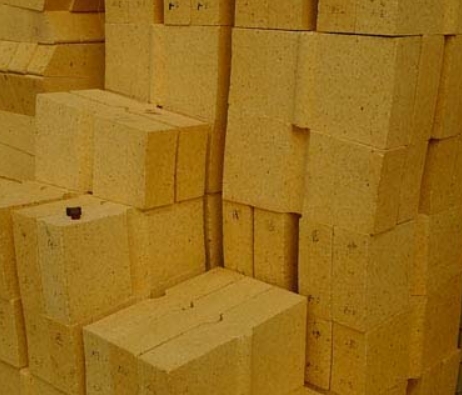- 27
- Jan
Three factors of high temperature creep of refractory materials
Three factors of high temperature creep of materiale refractare

In the testing of refractory materials, high temperature creep is one of the important indicators for evaluating the performance and quality of refractory materials. The relationship between deformation and time of refractory materials under constant high temperature and a certain load is the high temperature creep of the material. When a material is subjected to a certain load less than its ultimate strength at high temperatures, plastic deformation will inevitably occur, and its deformation will gradually increase with time, and even damage the material. This kind of creep phenomenon is undoubtedly more important for the use of refractory materials, because three factors of refractory materials are considered at the same time for refractory materials at high temperature: strength, temperature and time.
Due to the different load methods applied to refractory materials, it can be divided into high-temperature compression creep, high-temperature tensile creep, high-temperature flexural creep and high-temperature torsional creep. Among them, high-temperature compression creep (referred to as compression creep) is often used. Change).
Compressive creep of refractory products is defined as: isothermal deformation of products subjected to compressive stress over time.
Usually the pressure is 0.2MPa, and the sample is required to be a cylinder with a central hole, with a diameter of 50mm ± 0.5mm, a height of 50mm ± 0.5mm, and a central hole with a diameter of 12 to 13mm, coaxial with the cylinder.
